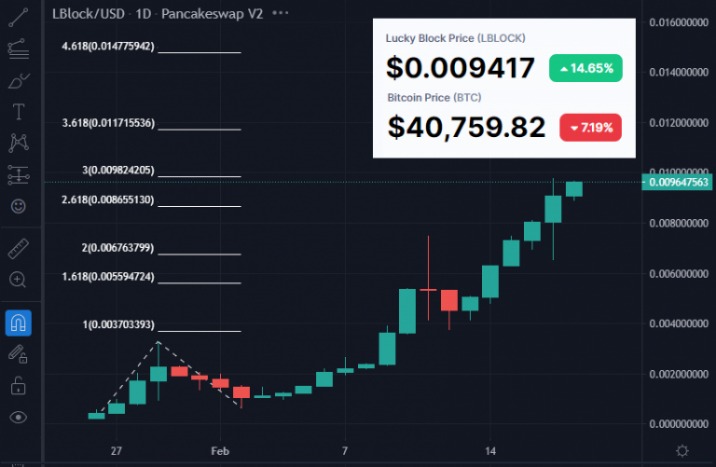Fortifying Your Portfolio: The Unseen Bull Market in Biosafety
The global consciousness regarding pathogen containment and healthcare-associated infections has been permanently altered. What was once a niche concern for laboratory technicians and hospital administrators has exploded into a multi-faceted, multi-billion dollar industry critical to global security and public health. This surge has created a dynamic and often overlooked segment of the stock market centered on biosafety and infection control. For investors, this represents more than just a thematic trend; it is a fundamental shift driven by persistent demand, regulatory tailwinds, and relentless innovation. From sprawling multinational corporations to agile small-caps, companies providing the tools, technologies, and consumables to keep us safe are commanding attention. This article delves into the investment landscape, highlighting opportunities from established leaders to speculative plays and the strategies to navigate this volatile yet essential sector.
Unearthing Value: The Case for Low-Priced and Penny Stocks in Biosafety
The allure of penny stocks often lies in their potential for exponential growth, and the biosafety sector is no exception. While they carry significant risk, certain low priced under valued biosafety and infection control stock companies are positioned to capitalize on specific, high-growth niches that larger firms may overlook. These companies typically operate in areas like advanced surface disinfectants, novel antimicrobial coatings, or specialized personal protective equipment (PPE) with proprietary technology. The key to identifying a promising candidate is to look beyond the share price and scrutinize the fundamentals. Does the company have a patented technology that offers a demonstrable advantage over existing solutions? What does its balance sheet look like—specifically, does it have enough cash runway to fund operations and research without excessive dilution? A critical factor is their path to market. A firm with a groundbreaking air filtration system is only a good investment if it has secured contracts with hospital chains or government agencies.
Investors should also monitor the regulatory landscape. A smaller company that receives approval from bodies like the FDA or EPA for a new disinfectant can see its valuation skyrocket overnight. Furthermore, the post-pandemic era has cemented the necessity for robust supply chains for critical medical supplies. Nations and healthcare systems are actively seeking to onshore or nearshore production, creating a massive opportunity for smaller, domestic manufacturers of PPE and other disposable infection control products. This strategic shift can provide a durable, long-term revenue stream for a well-managed small cap. However, the volatility is immense. These stocks are highly sensitive to news, clinical trial results, and quarterly earnings reports. A single failed test or a delayed contract can lead to precipitous drops. Therefore, any investment in this segment should be considered speculative and form only a small, calculated part of a diversified portfolio. For those willing to conduct deep due diligence, the reward can be identifying the next industry leader before it hits the mainstream.
The Day Trader’s Playbook: Navigating Volatility in Infection Control Stocks
For the active trader, the biosafety and infection control stock universe offers a fertile ground for short-term opportunities driven by catalyst events and market sentiment. Unlike long-term investing, day trading this sector requires a focus on technical analysis, news flow, and momentum rather than deep fundamental valuation. The volatility that makes these stocks risky for buy-and-hold investors is precisely what creates trading opportunities. Key catalysts that can trigger significant price movements include earnings reports from major players, government grant announcements, news of a novel pathogen outbreak, and updates from regulatory agencies like the CDC or WHO. A day trader must have a finger on the pulse of global health news and regulatory filings.
Successful day trading in this space also involves understanding the sector’s interrelationships. For example, news of a seasonal flu strain causing higher-than-average hospitalization rates can be a positive catalyst for companies producing rapid diagnostic tests, antivirals, and certain types of PPE. Traders can use resources like Yahoo Finance biosafety and infection control stocks pages to monitor real-time quotes and news aggregations, while Level 2 data can provide insight into order flow and potential support/resistance levels. It is crucial to have a disciplined risk management strategy. Setting strict stop-loss orders is non-negotiable, as a stock can gap down dramatically on negative news. Furthermore, traders should be wary of low-volume penny stocks, where the bid-ask spread can be wide, and the price can be easily manipulated. The most viable day trading candidates are often mid-cap companies with sufficient daily trading volume, allowing for easier entry and exit. The goal is not to bet on a company’s ten-year future but to capitalize on the predictable market reactions to unpredictable world events.
Frontier Technologies: Biosafety and Infection Control Stocks Poised for 2025 Growth
Looking towards the horizon, the biosafety and infection control stock of 2025 will likely be defined by innovation that moves beyond reactive measures to proactive, integrated systems. The next wave of growth is not just about selling more gloves or disinfectant wipes; it’s about smart, connected, and sustainable solutions. Companies developing “smart” PPE embedded with sensors to monitor wearer vitals or environmental exposure levels are attracting significant venture capital and strategic interest. Similarly, the field of antimicrobial surfaces is evolving from simple coatings to advanced materials that use nano-technology or light-based activation to continuously neutralize pathogens on high-touch surfaces in healthcare and public spaces.
Another transformative area is the digitization of infection control. This includes software platforms that use artificial intelligence and data analytics to track infection spread in real-time within a hospital, predict outbreak hotspots, and manage inventory of critical supplies automatically. Companies that provide these integrated, data-driven solutions are positioning themselves as essential partners for modern healthcare systems aiming to improve patient outcomes and operational efficiency. Furthermore, the global push for sustainability is creating a market for eco-friendly infection control products. Start-ups and established firms are racing to develop biodegradable PPE, green-certified disinfectants, and reusable medical devices that can withstand rigorous, high-level sterilization processes without degradation. For a comprehensive analysis of emerging companies in this innovative space, many investors turn to financial data hubs, which aggregate information on everything from major indexes to speculative startups, providing a crucial resource for making informed decisions about the future of this critical industry. As we approach 2025, the companies that will lead the market are those investing heavily in R&D today to solve the infection control challenges of tomorrow.


